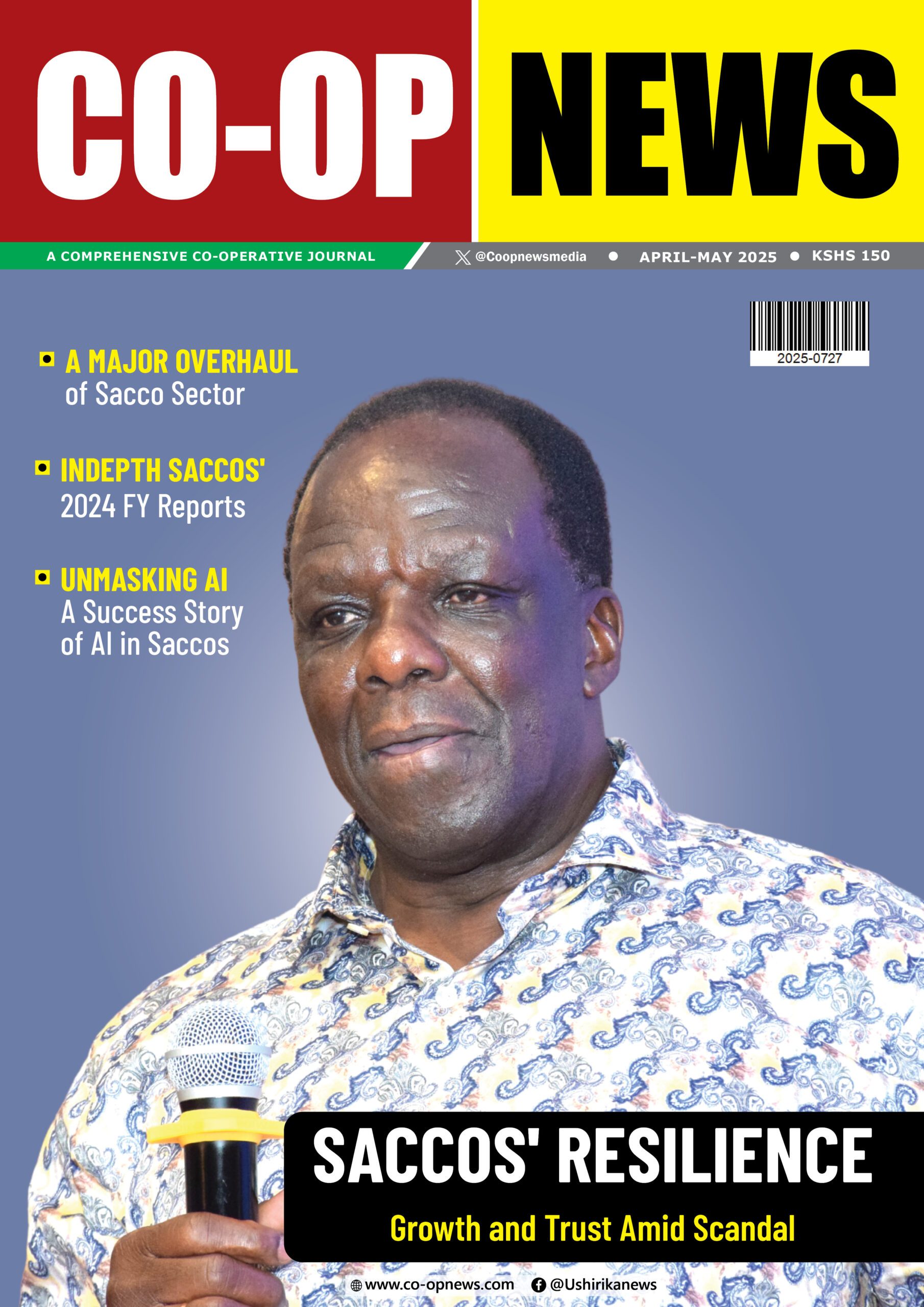Garissa and West Pokot Counties lead in Exclusion, Lack of Access to formal financial services.
While Nairobi County has the highest adult population with access to formal financial services and products, at 95 per cent, West Pokot has the lowest access, at 57.7%.
According to the latest edition of the FinAccess Household Survey-COUNTY PERSPECTIVE, published in November 2022 by the Central Bank of Kenya (CBK), Garissa, Narok and Tana River Counties have the highest proportion of adults that are financially excluded at 34.3% 31.2% and 26.7%, respectively.
“This is the first report that has utilized the 2021 FinAccess Household Survey dataset to analyze all the dimensions of financial Inclusion-Access, Usage, Quality and Impact at the County level across all 47 counties in Kenya.
The data shows that in Garissa County, only 3.8% of the adult population use Bank Accounts, 0.3% can obtain a Sacco loan, 0.7% have a mobile bank account (excluding mobile money, 1.0% can access insurance products and services, 60.7% have mobile money and, 0.8% have a pension, 0.1% can access the capital markets while none has access to a microfinance bank.
Garissa County, located in the North Eastern region of Kenya, covers a land area of 44,736 square kilometres with a population density of 19 per square kilometre.
The Survey shows that West Pokot has 26.3% of the adult population with Bank Accounts, 3.8% belong to a SACCO, 8.4% have Mobile bank accounts, 8.3% Bank (excluding mobile money), 8.5% have Insurance, 54.5% have Mobile Money, 4.6% Pension Accounts, 0.6% Capital Markets and 0.2% of the adult population have Microfinance Accounts.
At a glance, West Pokot had four commercial banks in 2021, 4 branches, 1,400 mobile money agents and one Deposit-Taking Sacco branch.
This is compared to Garissa County, which in 2021 had six commercial banks, seven commercial bank branches, 2,300 mobile money agents and no deposit-taking Sacco branches.
In addition, West Pokot, Turkana, and Samburu counties rely primarily on informal financial services. Overall, usage of informal groups (Chamas) is high in Kirinyaga, Murang’a, Siaya, Busia and Makueni relative to other counties, perhaps reflecting the agricultural and high presence of small businesses.
Counties in agriculturally endowed regions and urban areas such as Kirinyaga, Nairobi and Machakos have more expansive choices of financial service providers and products compared to those in arid and semi-arid areas, such as Garissa, Wajir, Tana River and Marsabit, which primarily rely on mobile money, informal groups, and National Hospital Insurance Fund (NHIF) for financial services.
Nairobi, Nyeri, Kirinyaga, Murang’a and Kiambu are ranked as the only ones with the adult population with access to the formal financial services rates of more than 90%.
West Pokot, Turkana, Garissa and Narok Counties bring the rear with inclusion rates of below 61 per cent, above the 84 per cent national average. The reverse is true when looking at the level of exclusion to formal financial services.
Nairobi, Mombasa, Kiambu and Kisumu also have the highest usage of banking services while while Garissa, Tana River and Marsabit perform the poorest in this regard.
Machakos county reported the highest utilization of Insurance services-mainly the use of state-owned National Hospital Insurance Fund, at 51% above the 25% national average.
Lamu, Trans Nzoia, Makueni and Taita Taveta recorded the highest rates of use of pension services, above the national average of 11 per cent.
This Survey, which is a joint project between the Central Bank of Kenya(CBK), Financial Sector Deepening Trust(FSD) Kenya and Kenya National Bureau of Statistics(KNBS), explores the role of finance in meeting various financial needs, which include day to day needs such as buying food and paying rent, dealing with shocks such as taking care of health emergencies and dealing with climate-related calamities and what mechanisms are being put in place to invest or secure futures.
Counties with the highest population formally included recorded the most significant proportion of adults categorized as financially healthy. Tana River County reported the lowest adult population classified as economically healthy, at just 3 per cent, compared with Nairobi County, at 35 per cent.
The report also covers the role of finance in dealing with shocks such as healthcare emergencies and climate-related calamities and helping individuals realize long-term life goals such as saving for education, investment and business expansion.
This report, analyzed with the County GDP report and supply side data of financial inclusion, provides stakeholders in the pension, Insurance, Saccos, Capital markets and banking sectors with rich information to influence the policy environment and spur innovations by the private sector.
The National Government, County Governments, Development partners and other stakeholders could also leverage the findings of this report to put in place measures that would promote better access to formal financial services across all the counties for inclusive, equitable growth.





